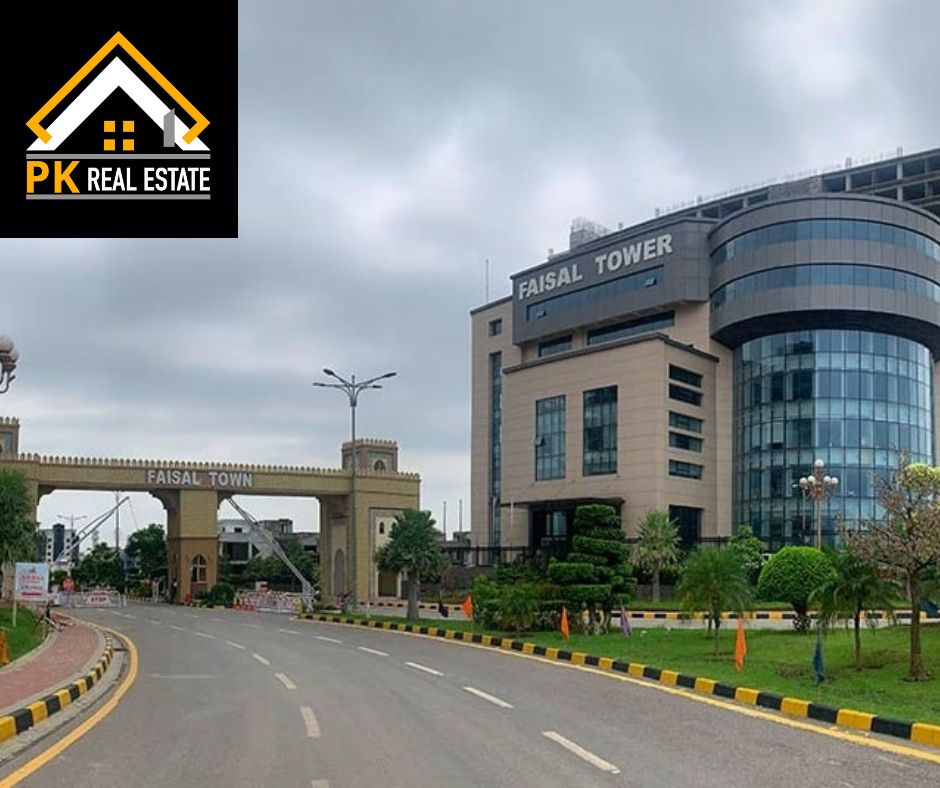There are many different types of retaining walls. These include earth-stabilizing retaining walls, anchor-bearing retaining walls, sheet pile retaining walls, and cantilever retaining walls. Understanding the differences between these structures is helpful in choosing the right type for your property. In this article, we’ll discuss the different types of retaining walls and explain how they differ from each other.
Cantilever retaining walls
A Cantilever retaining wall is designed to be partially supported by a footing on the top of the soil. The footing is composed of two sections: the toe and heel. The toe is the part of the wall that’s anchored to the soil, and the heel is the inside part. The toe is larger than the heel and helps increase the wall’s self-weight. The heel is made up of soil that acts as a footing for the wall. This adds to the wall’s restoring moment.
The design of a cantilever retaining wall involves the calculation of forces and moments. Specifically, the design of a cantilever wall is dependent on the amount of earth pressure and the amount of lateral pressure. This passive pressure is what causes the wall to resist movement. In addition, the wall must be in a sloping position.
The backfill of the cantilever retaining wall is typically made of a tropical lateritic earthfill, which has a unit weight of 18 kN/m3 and a cohesion of eight kN/m3. The soil has an inner angle of friction 26 degrees. This allows the wall to bear a high amount of weight, yet prevents it from sinking into the ground. The backfill area is built with sufficient drainage to prevent overflowing.
The design of a cantilever retaining wall should be calculated to resist overturning and sliding forces. The factor of safety against turning should be at least 1.5 and the bearing pressure shouldn’t exceed the maximum soil bearing pressure. ASDIP RETAIN software can help you find the right design for a cantilever wall.
A cantilever retaining walls footing uses ASDIP RETAIN to determine the maximum load the footing can support. This method uses a combination of bending and shear to determine the strength and lateral resistance of the wall. The resulting pressure distribution is used in calculating the amount of load that the wall must bear.
The Design Height is a crucial factor for determining a safe retaining wall. Typically, the Design Height is calculated with fcu and fy equal to 30 N/mm2 and 460 N/mm2 respectively. The height should be between 40mm to 50mm above the base. This factor of safety should be at least 1.5, and no shear reinforcement should be required.
Retaining wall Counterfort
Counterfort retaining walls are a type of precast concrete wall, often used as a replacement for cast-in-place retaining walls. They consist of three main components: a foundation slab, a face panel, and counterforts. These components are connected with headed anchors. They are often used on sites with surcharged soils or high lateral pressure.
The design of a counterfort retaining wall depends on the parameters of the soil at the site, including its density, water content, cohesiveness property, and bearing capacity. These parameters should be considered before designing a retaining walls. Moreover, a counterfort retaining wall can be a good choice for high-speed railway embankments. This wall is compacted easily with a small machine.
Counterfort retaining walls are used when lateral pressure is too high for the wall. They work as tension bracing, and reduce the pressure placed on the wall by the surrounding soil. Counterforts can also increase the self-weight of the retaining wall, which increases stability. For steep slopes, counterforts can be an effective alternative to buttresses.
The counterfort retaining wall has the advantage of being economical. Its strength allows it to be constructed up to 6m tall. Concrete is a common material for retaining walls, and it can be carved to look like mortared stone. A counterfort retaining wall can be made from various types of materials, including treated lumber and concrete besser blocks adelaide systems.
A counterfort retaining wall can be tall and wide, and it can help keep slope angles manageable. Its sloped sides prevent soil from sliding or overhanging vertically. It also helps prevent the erosion of the slope beneath the wall. It also prevents soils from escaping from the slope by increasing their self-weight.
Sheet pile retaining wall
A sheet pile retaining wall is an alternative to masonry walls. It is usually thinner in section and is used for protecting river banks or water front structures. This wall can be made of concrete or timber. Typically, this type of wall is used for short spans and to resist light lateral loads.
A sheet pile retaining walls are a cost-effective way to retain ground. They are widely used in coastal barriers and flood defence walls as well as railway embankments. These walls are easy to install even in difficult ground conditions.
Sheet piling is an old method of creating retaining walls, landscaper adelaide. In the late 19th century, Trygve Larssen was able to patent the method of manufacturing sheet pilings. This method of making steel walls significantly improved strength and efficiency. Moreover, the piling wall formed a wave shape when it was assembled.
The cantilevered sheet piling retaining wall is another type. It is also possible to anchor the sheet piles to a large structural footing. Compared to other types of retaining walls, sheet pile retaining walls are much cheaper and can be painted to give them a fresh appearance. They don’t take up much space.
Sheet pile retaining walls are also a good choice for retaining land on slopes. The Earth’s pressure distribution is fairly regular, with some variations between Rankine Earth pressure and active Earth pressure. This is why this wall is the best choice for slope stabilization. In addition to being durable and lightweight, sheet piles are also easy to install.
Anchored retaining walls
Anchored retaining walls is a popular type of wall. An example of an anchor-anchored retaining wall is the counter-fort wall. The steel planks and panels are embedded deep into the ground, which acts as an anchor against any top-side forces that could cause the wall’s collapse. These retaining walls are ideal for large excavations as they offer high-strength elements and cause minimal disruption to surrounding structures.
An anchor used in an anchored wall can be made from metal, concrete, and steel. These anchors are used to form a strong bond between ground and wall. Other anchors for retaining walls, such as adhesives are also available. These anchors are easier to insert into the ground than anchor rods and are therefore more effective. They don’t need to be as thick.
Seismic forces acting on an anchored retaining wall are complex and may vary widely. It is possible to determine the minimum anchor lengths for a given site by using a numerical model that simulates earthquake forces. Several factors, including soil type and moisture content, can influence the lateral earth pressures. When designing an anchor retaining wall, it is important to consider the wall’s depth and the anchor position as well as its length.
Anchored retaining walls are also thinner than other retaining wall options. They require less maintenance than other types. An anchored retaining wall is best suited for creating and maintaining slopes. It can also be used to improve the flow of water. They can be used in any area, but they are especially effective in small spaces.








